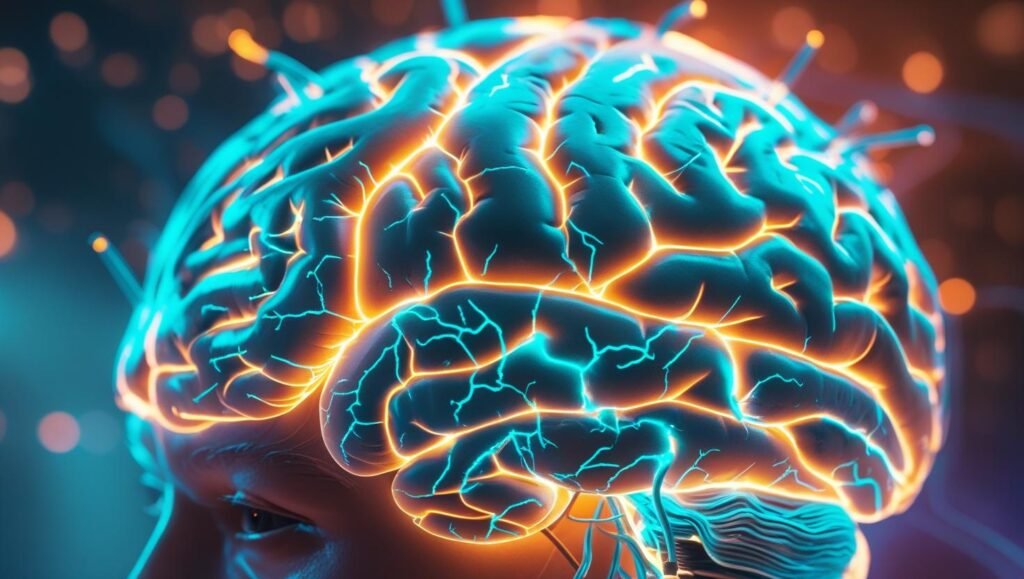Neuroplasticity and Sobriety: How Your Brain Rewires Itself After Addiction
Meta Description: Discover how neuroplasticity supports addiction recovery, how the brain heals in sobriety, and proven ways to boost rewiring during recovery.
Slug: neuroplasticity-sobriety-brain-rewiring
Introduction: Yes, the Brain Can Heal
A common fear in recovery is the idea that addiction causes permanent brain damage. The truth is far more hopeful. Thanks to neuroplasticity—the brain’s ability to adapt and create new pathways—healing is possible. While recovery takes time and effort, the brain can rewire itself, restore balance, and strengthen healthier thought patterns. Sobriety does not just stop the damage. It allows your brain to rebuild.
What Addiction Does to the Brain
Addiction hijacks the brain’s reward system. Substances like alcohol, opioids, or stimulants flood the brain with dopamine, a chemical tied to pleasure and motivation. Over time, the brain:
-
Reduces natural dopamine production (making normal life feel flat).
-
Strengthens unhealthy pathways that connect triggers to substance use.
-
Weakens impulse control circuits in areas like the prefrontal cortex.
-
Disrupts memory and decision-making in the hippocampus and amygdala.
This is why addiction feels so powerful. It is not just willpower at play. The brain has been physically rewired to prioritize substance use.
National Institute on Drug Abuse – Drugs and the Brain
What Is Neuroplasticity?
Neuroplasticity is the brain’s remarkable ability to adapt, change, and form new neural connections. It happens throughout life, not just in childhood. Every time you learn a new skill, practice mindfulness, or form a new habit, your brain is literally reshaping itself.
In recovery, this process is crucial. Neuroplasticity allows the brain to weaken old substance-related pathways and strengthen new, healthier circuits that support long-term sobriety.
Psychology Today – Neuroplasticity
How the Brain Heals in Sobriety: A Timeline
First 30 Days
-
Dopamine receptors begin to recover, though motivation may still feel low.
-
Sleep patterns and mood stability start to improve.
-
Cravings may remain intense because old pathways are still active.
90 Days
-
Prefrontal cortex function improves, boosting decision-making and impulse control.
-
Emotional regulation strengthens, helping reduce stress-driven relapse risk.
-
Healthy habits (exercise, therapy, journaling) begin solidifying new neural pathways.
6 to 12 Months
-
Brain scans show measurable increases in gray matter volume in areas linked to memory and learning.
-
Emotional stability becomes more consistent.
-
Many people notice improved clarity, focus, and resilience against triggers.
1 Year and Beyond
-
Brain scans often reveal significant recovery in dopamine function and structural growth.
-
Neuroplasticity continues to reinforce healthy habits and coping mechanisms.
-
Many report not just “feeling normal again” but feeling more focused, creative, and alive than before.
PMC Study – Recovery of Brain Dopamine Transporters
Ways to Boost Neuroplasticity in Recovery
Healing does not happen by default. Certain practices accelerate the rewiring process and strengthen recovery:
Therapy and Counseling
Cognitive Behavioral Therapy (CBT) and trauma-focused therapies are proven to rewire thought patterns and reduce relapse risk.
Consistent Routine
Daily structure helps the brain form predictable, stable pathways. Even simple rituals like morning check-ins or evening reflections reinforce new circuits.
Exercise
Physical activity increases blood flow to the brain and stimulates growth factors that enhance neuroplasticity. Even walking 30 minutes daily helps.
Mindfulness and Meditation
Mindfulness practices reduce stress hormones and strengthen brain regions tied to focus and emotional regulation.
Nutrition and Sleep
Balanced meals with omega-3s, lean proteins, and whole foods give the brain the building blocks it needs. Sleep is when the brain consolidates learning and repairs itself.
Learning New Skills
Picking up a new hobby, studying, or even reading helps build new synaptic connections. This is why many people in recovery rediscover creativity.
Common Myths About Brain Healing in Recovery
Myth 1: The brain never recovers from addiction.
Fact: Studies show significant brain recovery is possible, especially after 12 months of sobriety.
Myth 2: Recovery is only about willpower.
Fact: Recovery is about reshaping the brain, not just resisting temptation. Therapy, support, and structure all speed up neuroplasticity.
Myth 3: Relapse erases all progress.
Fact: While relapse can reactivate old pathways, progress is not lost. The brain can continue building new connections as sobriety resumes.
Why This Matters for Long-Term Sobriety
Recovery is not just abstaining from substances. It is about building a brain that thrives without them. Every sober day, your brain is rewiring itself toward resilience, balance, and health. With consistent support and the right tools, neuroplasticity makes lasting recovery possible.
Call to Action
At Sanative Recovery & Wellness, we help clients strengthen both mind and body during recovery. Our programs are designed to create new, healthy pathways that support long-term sobriety.
-
Explore our Treatment Programs
-
Learn more about Trauma-Informed Therapy
-
Contact us here or call us at 513-392-8400 today to start your recovery journey
FAQ
Q: Can the brain really rewire itself after addiction?
A: Yes. Through neuroplasticity, the brain weakens old substance-use pathways and builds new healthy ones that support sobriety.
Q: How long does it take the brain to heal in recovery?
A: Healing starts within weeks but continues for months and even years. Many people notice significant improvements in clarity and focus after 12 months.
Q: What helps the brain recover faster in sobriety?
A: Therapy, consistent routines, exercise, mindfulness, proper sleep, and nutrition all accelerate neuroplasticity and brain healing.


